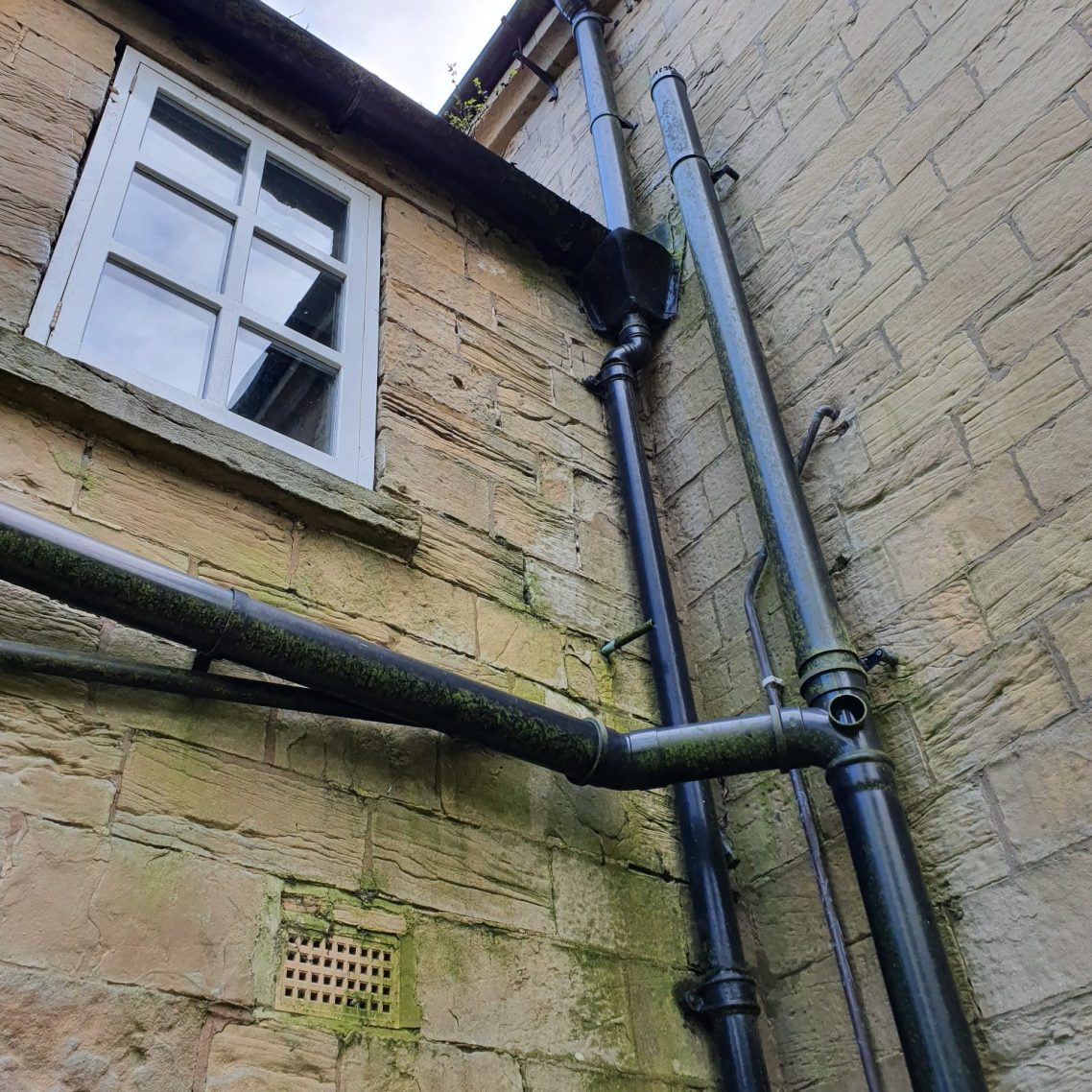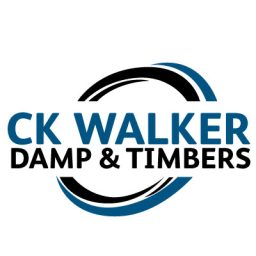Damp Control Services in Derbyshire & West Nottinghamshire
Damp problems in your home or business can lead to structural damage, unpleasant odours, and even health issues. At CK Walker Damp & Timbers, we specialise in expert damp control solutions to protect your property from moisture-related damage.
Why Choose CK Walker Damp & Timbers?
Experienced & Accredited Professionals – With years of expertise in damp proofing, we provide tailored solutions to suit your property’s needs. We are full members of the Property Care Association, Trustmark and Derbyshire Trusted Trader scheme.
Comprehensive Surveys carried out by a highly qualified surveyor – We conduct thorough damp surveys to identify the source of the problem before recommending the most effective treatment.
High-Quality Workmanship – We use proven methods and industry-leading materials to ensure long-lasting damp protection.
Local & Reliable Service – Based in Riddings, Derbyshire, we serve homeowners and businesses across the region (Derbyshire & West Nottinghamshire) with expert damp control services.
Get in Touch
If you suspect damp problems in your property, don’t wait for the issue to worsen. Contact CK Walker Damp & Timbers today for professional damp control solutions. Call us or fill out our online form to book a damp survey and take the first step towards a drier, healthier home.

Rising Damp
Rising damp occurs when moisture from the ground travels up through masonry walls due to capillary action. This can lead to peeling wallpaper, salt deposits, and damaged plaster. Without proper treatment, rising damp can weaken your property's structure and lead to costly repairs. Our damp proofing experts provide effective solutions, including damp proof course (DPC) installations and remedial treatments to prevent further moisture ingress.
Penetrating Dampness
Penetrating damp is caused by water entering a building through external walls, roofs, or defective gutters. This type of damp can result in damp patches on walls, mould growth, and deteriorating brickwork. If left untreated, it can lead to long-term structural damage. Our team identifies the root cause of the issue and applies the best treatment solutions, such as waterproof coatings and masonry repairs


Salt Damp (Chimney Damp)
Salt damp, often referred to as chimney damp, occurs when hygroscopic salts present in bricks or plaster absorb moisture from the air. This is particularly common in older properties with disused chimneys. Symptoms include flaking plaster, damp staining, and a musty smell.
Our specialists assess the extent of the damage and implement treatments such as vertical damp proofing and re-plastering systems that will provide a guaranteed dry surface.
CK Walker Damp & Timbers provides Damp Proofing, Condensation Control, Re-Plastering, Fungal Decay & Woodworm solutions throughout Derbyshire & West Nottinghamshire.
CK Walker LTD trading as CK Walker Damp & Timbers – Company Number 09072842 - Address – Unit 4, Block 13, Amber Business Centre, Greenhill Lane, Riddings, Alfreton, Derbyshire, DE55 4BR.
For all your damp proofing & timber treatment needs in Derbyshire & West Nottinghamshire, call us on 01332 960160 or 01629 352019.
©Copyright. All rights reserved.
We need your consent to load the translations
We use a third-party service to translate the website content that may collect data about your activity. Please review the details in the privacy policy and accept the service to view the translations.

